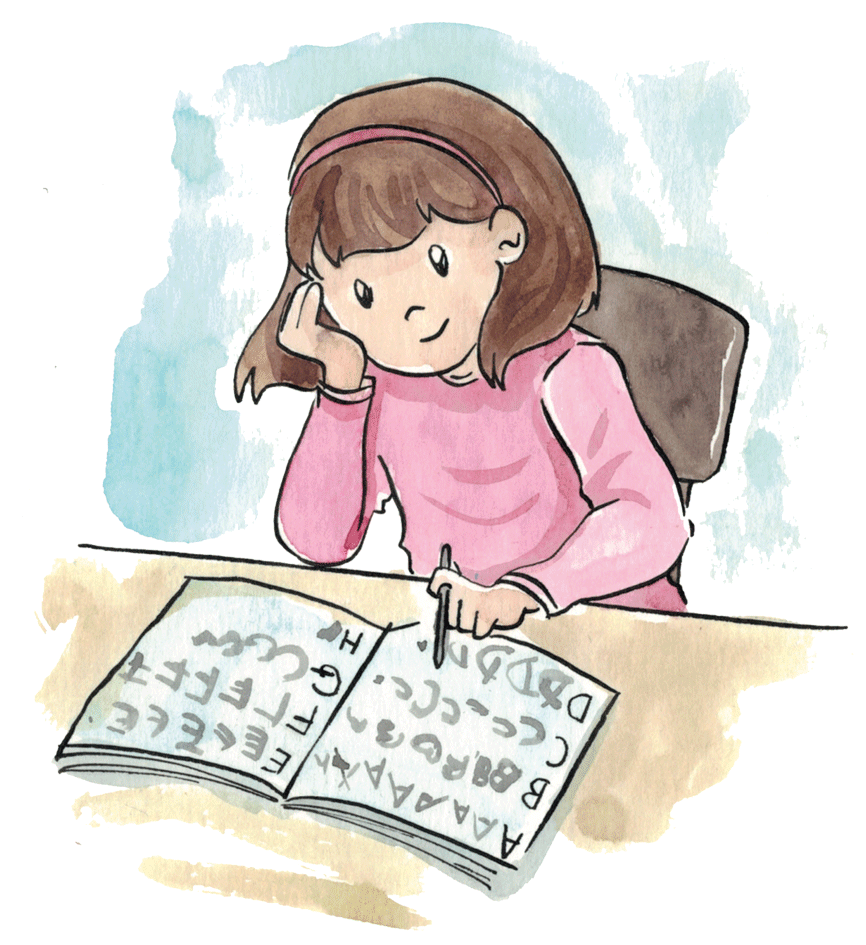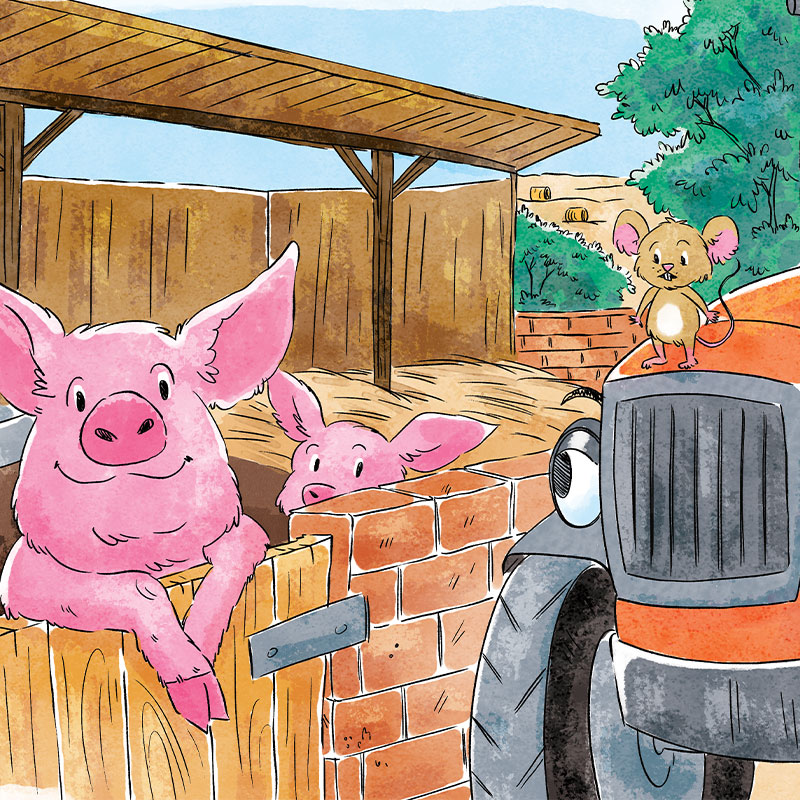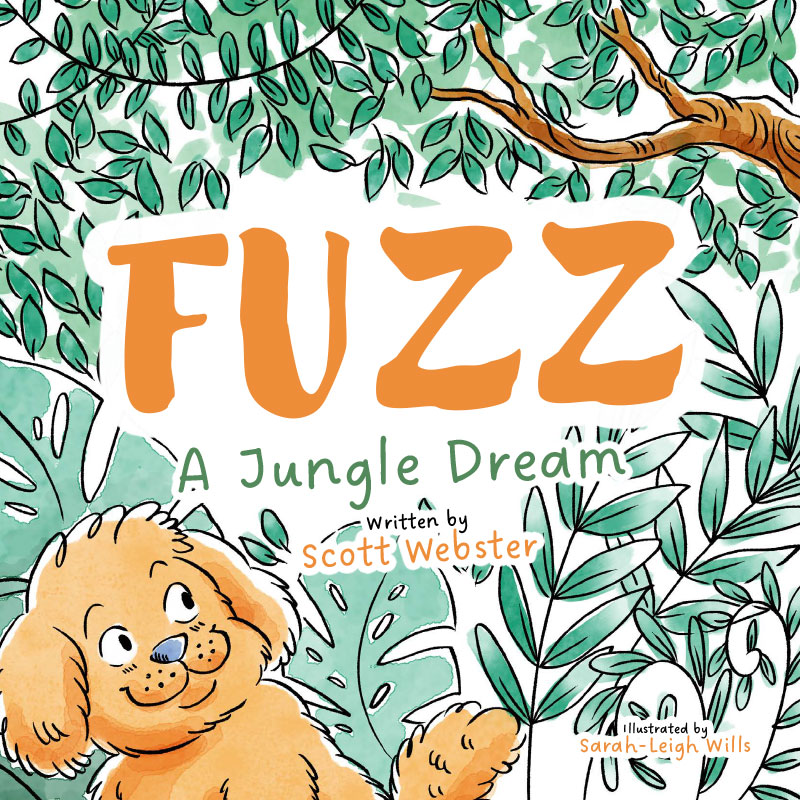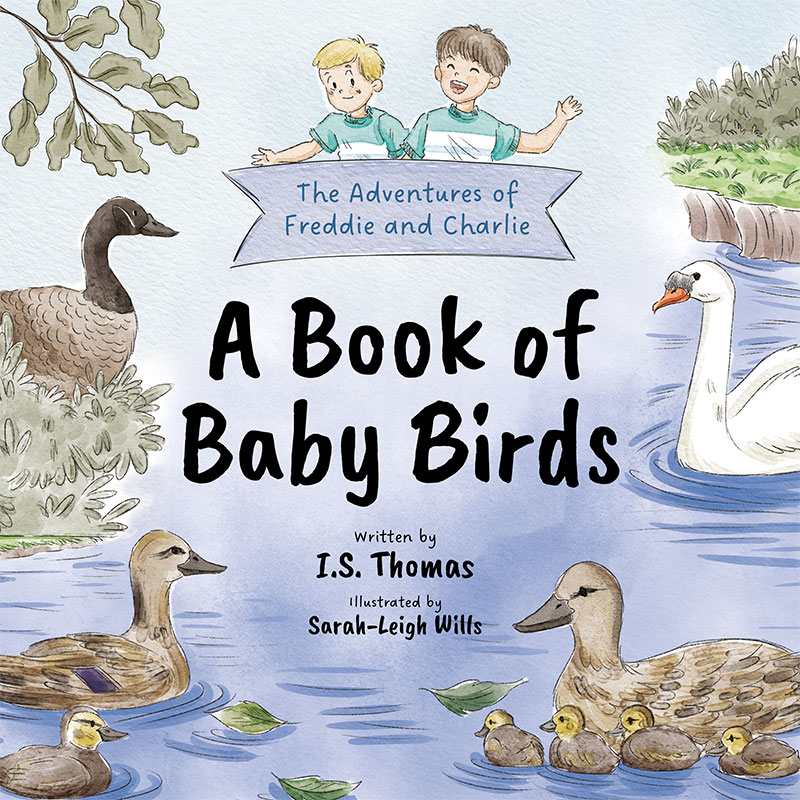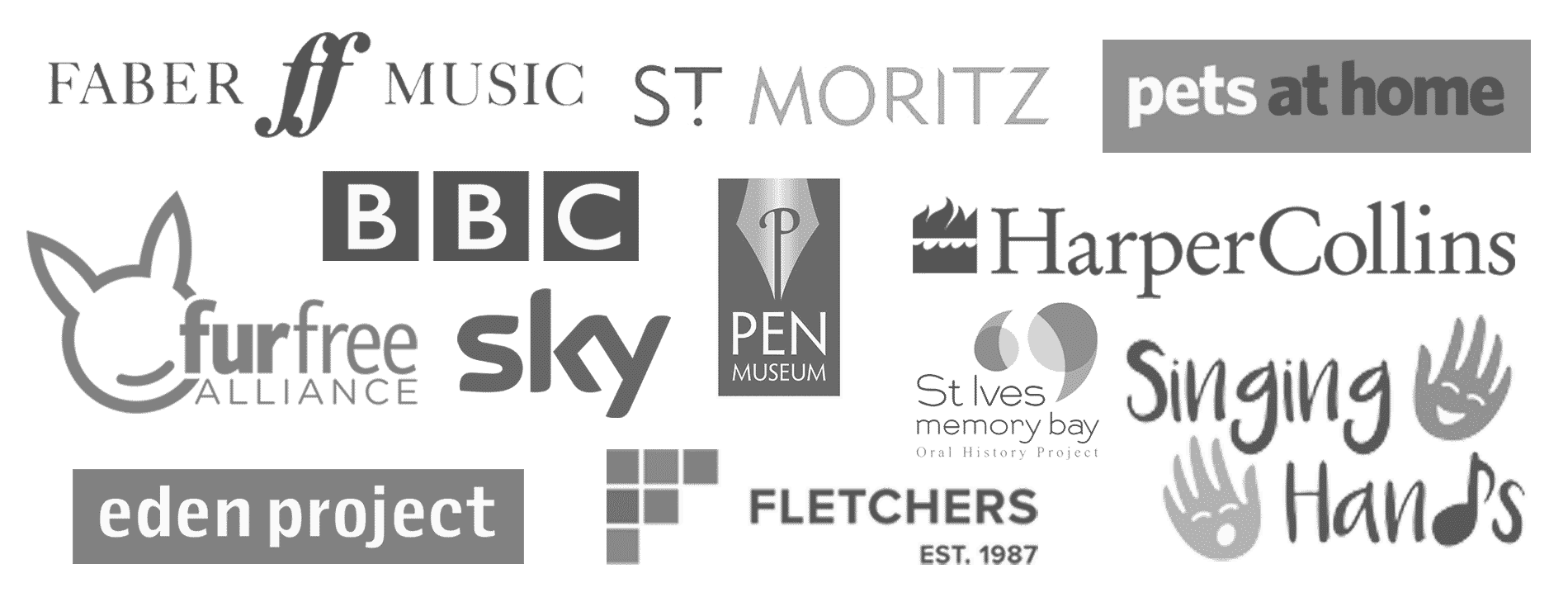Plot is the key to any good story, but how to start?
We’re all familiar with the concept of a story having a beginning, a middle and an end. But what does this actually mean? And how on earth do you create this from an idea in your head?
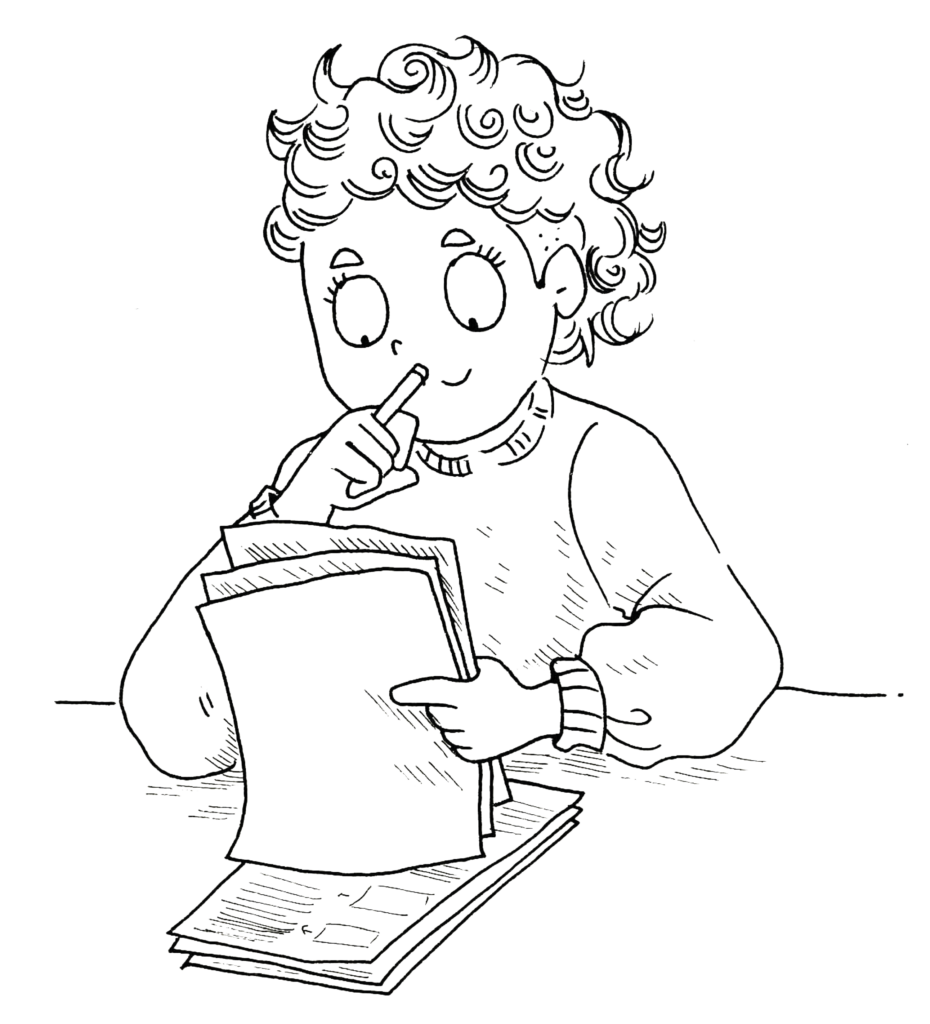
If you’re lucky, you’ll be able to put your story idea into a coherent structure in your head, or on a document or writing aid like Scrivener. But often, even getting to the part where you can put a story into some kind of order feels like a huge mountain you have to climb! For most people a book has to be planned incredibly carefully before you can do any serious writing. Otherwise you are just walking along a path and you have no idea what is going to happen! Whilst this may be fun in real life, imagine if someone told you there may or may not be monsters ahead of you on the path; suddenly it’s far more scary and stressful not knowing what’s ahead of you! Anyone who has had a go at a story and got a vague idea of the plot will appreciate how stressful it is to only plan a story loosely.
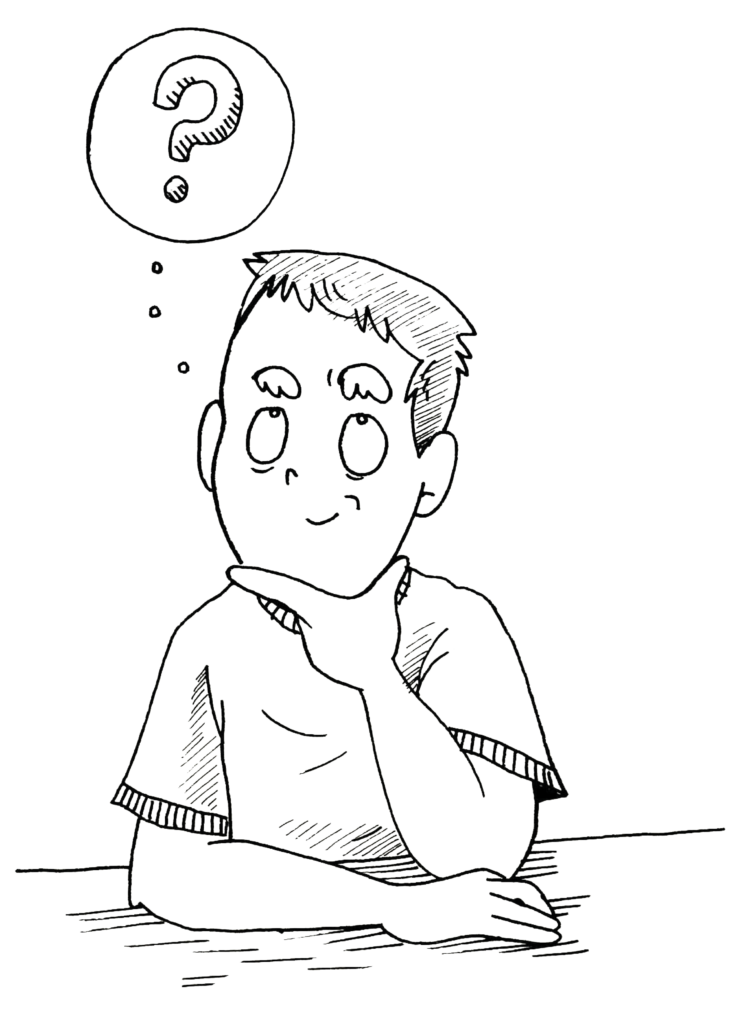
Now, everyone will have their own way of writing and planning stories, and if you have read On Writing by Stephen King (if you haven’t, why haven’t you! Get out now and buy one!) you’ll know the value of leaving a story alone for a while once it’s written, and also the value of what he calls “getting the story out”. Now, King is also one of those writers who claims not to write a plot, however he favours the “write and write and write then stop, put in a drawer and come back to it later” approach. He thinks of stories as a fossil in the ground, which the writer has to carefully dig out. But we would say that the digging process in itself requires planning, and then the excavation requires skill, patience and expertise. King’s view is that his stories are based more on situation than story. This may be your way, but it’s probably best, especially when starting out, to think about plot and its many uses. So, where to begin?
“In his book Writing for Children and Teenagers, Lee Wyndham describes plot as “a plan of action devised to achieve a definite and much desired end – through cause and effect”.”
How to Write For Children and Get Published Louise Jordan, p.103.
Louise Jordan, author of How to Write For Children and Get Published, encourages the writer to break the story down into three three-word sentences. She very simply uses this example:
Boy meets girl.
Boy loses girl.
Boy gets girl.
This is the beginning, middle and end structure we had mentioned earlier. She compares plot to a three-legged bar stool: “One leg represents the beginning, one the middle and one the end – if you lose just one of those legs the whole stool falls over. The same will happen with your story.” (p.104, How to Write For Children and Get Published). Whilst this simple idea won’t work when stories become more complex, it can be really handy for children’s stories! Let’s try some examples and see if you can work out the children’s story:
Girl is lonely.
Girl discovers powers.
Girl is happy.
(Matilda)
Boy befriends snowman.
Boy and snowman dance.
Snowman melts.
(The Snowman)
Mum loses Spot.
Mum looks everywhere.
Mum finds Spot.
(Where’s Spot?)
If you are writing a story at the moment, try applying this principle and seeing if you can do it!
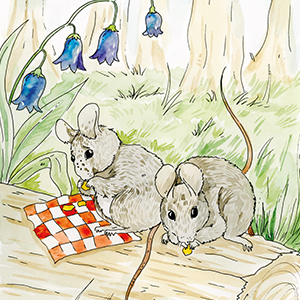
The book How to Self-Publish a Children’s Book says that plot “is simply a series of obstacles that get in the way of a single objective… Good stories are carefully designed. And they tend to be simple. It’s all about composition. There’s a beginning, a middle and an end; there are actions, scenes and emotions.” (p.31). It recommends creating a storyline with obstacles and challenges for the characters, and avoiding an unhappy ending. Children especially enjoy a happy resolution, and whilst the character has been on a journey and things will have changed in your story, it is usually best to end the book on a positive note for the reader. Who else finished reading Tess of the d’Urbervilles and felt cheated by the ending? It has been successful of course, but essentially it’s unfulfilling! Think of what you want your reader to feel at the end of your story, even if it’s a short children’s book.
Beginning, Middle and End
So what do we mean by the beginning, the middle and the end? Your character might be going on a rollercoaster of an emotional journey, or might be a child who has lost a teddy bear. Either way, you should aim to keep the structure of a story intact. In How to Write For Children and Get Published, Louise Jordan advises breaking your story down to get hold of the beginning, the middle and the end:
- What is the story about?
- What is the problem?
- What happens?
She advises that you should be able to answer “what is the story about?” in one sentence: “If you are struggling to answer the question in one sentence it is probably because you are trying to include several different story ideas within the one story. This isn’t going to work when writing for children so it is important that you work hard on refining a very exact answer.” (p.105). Here are some examples:
Orphan boy is told he is a wizard.
A caterpillar becomes a butterfly.
Children discover a tree of magical worlds.
Hobbits go on a journey to destroy a magical ring.
These sentences in themselves are quite dull, even though they are useful for refining your story. So, how do we take these rather dreary sentences and make them exciting? Well, we can create a problem! Harry Potter’s path to becoming a wizard is littered with people trying to stop him, as well as discovering the truth about his family. The hungry caterpillar needs to contend with an insatiable appetite and subsequent bellyache. The magical tree has lots of inhabitants who don’t always make life easy, as well as the worlds at the top changing – meaning you can get stuck in them! And if we had to list all the problems the hobbits face we’d be here a long time! Louise Jordan says: “It is this ‘problem’ that makes your main character finally take action in order to reach a certain goal and persuades the reader to keep turning the pages to find out ‘what happens’.” (p.105). Jordan advises that, relative to the age group you are writing for, the solution to this problem must be crucial to the character. The destruction of Middle Earth, escaping the horrid Mr and Mrs Wormwood, having a dance with the Snowman before he melts. Each (good) story you can think of will have these elements, even if you don’t realise it until you look back.
You want to get into the problem quickly, so that the conflict is set up early and you hook your reader in so that they want to know how it is resolved. Jordan says: “What happens? This is a series of connected events preventing the cause from being resolved. In other words it is your plot.” (p.106). The problem does need to be resolved (and don’t introduce too many problems as it is frustrating as a reader to see problems arise that are never resolved in the story!) although don’t make it too predictable. The story can take unexpected turns and end in a way that the reader isn’t expecting. But don’t make it too “out there”, or too sudden. The “deus ex machina” ending, the plot device whereby a seemingly unsolvable problem in a story is suddenly and abruptly resolved by an unexpected and unlikely occurrence, is equally irritating for a reader! This can be used for comedic effect, or to entirely surprise the reader (the hobbits are picked up by a helicopter and the ring is thrown from above and they fly back to Middle Earth, the end) but generally it’s worth avoiding.
Of course, this is all advice. Your story is your story, if you want it to end with dinosaurs saving the world on giant scooters whilst eating cereal then go for it. These are tips and tricks to write a successful story, and there will always be exceptions to the rule. But bear these in mind when writing, as readers are a discerning bunch and even if you are writing for the under threes, you can still find some harsh critics! The most important thing is, of course, to enjoy writing your story and to enjoy watching others read it. By all means employ the scootering dinosaurs, but always be aware of what other people think when reading your story. Take on board feedback and keep an open mind! Happy writing!
